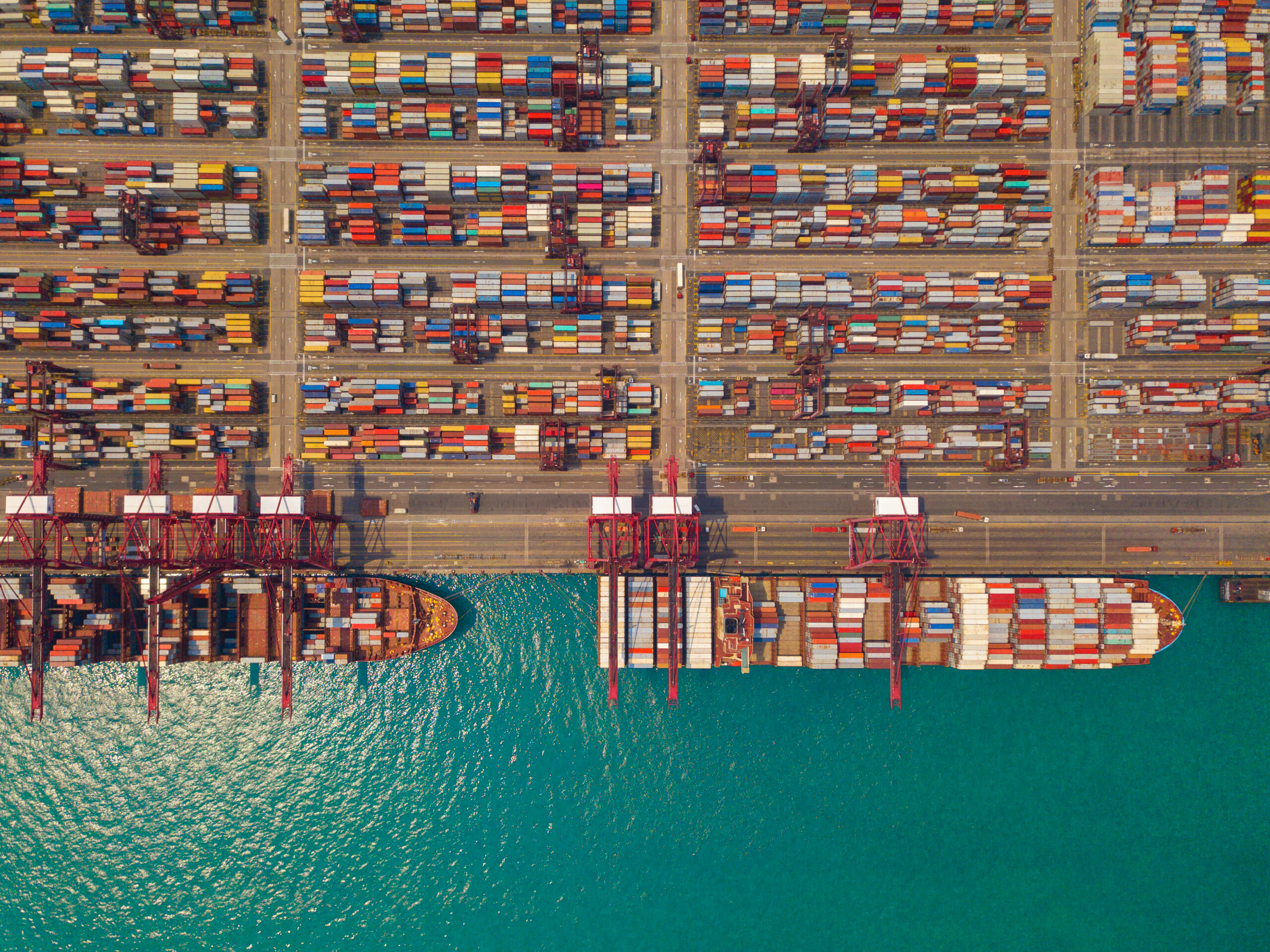The first Air Jordan shoe burst onto the NBA scene in April 1985—40 years ago this month—in unmistakably flashy fashion. Designed by Peter Moore, the Air Jordan 1 didn’t just launch a product line; it launched a movement. By the time the Air Jordan 3 rolled out, Tinker Hatfield—a trained architect who joined Nike in 1981—had taken the reins. He would go on to become the most prolific designer in the franchise’s history.
The Air Jordan line didn’t just revolutionize sneakers. It reshaped the very concept of sportswear and redefined the cultural bridge between athletics, fashion, and identity. With bold design choices and groundbreaking materials, Nike positioned itself as the global standard-bearer for performance and style. Today, modern sneaker design sits squarely at the intersection of industrial design, fine art, street culture, biomechanics, and storytelling. It’s not just product development—it’s cultural production.
But while Nike’s most iconic work originates from its Beaverton, Oregon headquarters—home to its creative teams, including Footwear Design, Apparel Product Design, Brand Creative, Graphic Design, and the experimental Blue Ribbon Studio—the company’s creative vision doesn’t manifest without a vast, deeply interconnected global supply chain. And right now, that supply chain is feeling the strain.
Enter: tariffs.
Vietnam, now Nike’s largest manufacturing hub, accounts for half of the company’s total footwear production. With more than 155 factories and over 500,000 workers—many based around Ho Chi Minh City—Vietnam has surpassed China in Nike’s sourcing strategy. But that strategic shift faces a significant roadblock: Vietnamese-made footwear is currently subject to a 46% tariff.
This isn’t just a footnote in trade policy. It’s a gut punch to cost structures, production timelines, and ultimately, consumer prices. It’s also a sharp reminder that the creative economy doesn’t exist in a vacuum. It’s inextricably tied to global trade policies, labor markets, and shifting geopolitical realities.
Building a resilient creative economy isn’t just about fostering cultural vibrancy or designing the next great product. It’s about anticipating—and preparing for—a world where supply chains can be disrupted overnight. Your artists, designers, and storytellers might be local. But the materials they need—and the consumers they serve—often aren’t.
Forty years after Air Jordan changed the game, the lessons are still unfolding. Creative excellence depends on more than talent and taste—it also hinges on global logistics, smart trade policy, and the ability to navigate a rapidly changing world.
RELATED CONTENT




